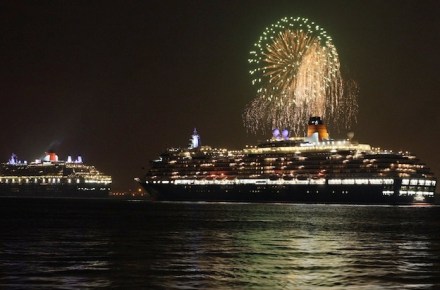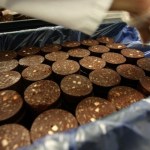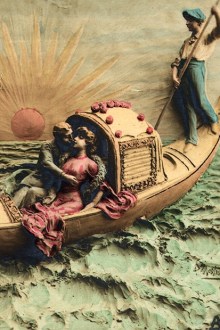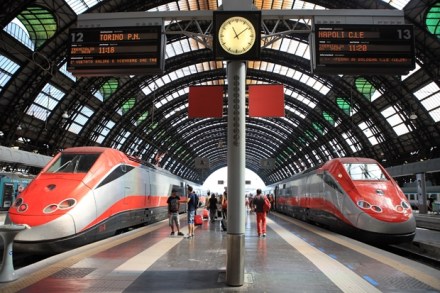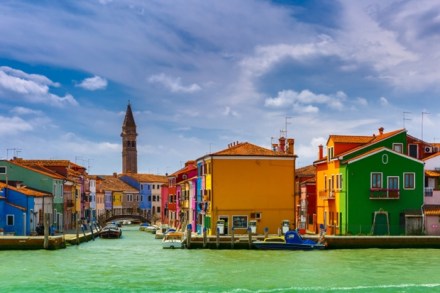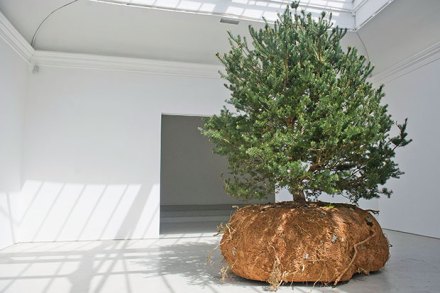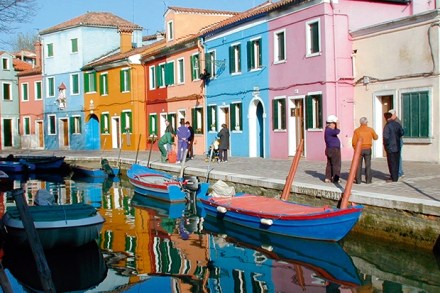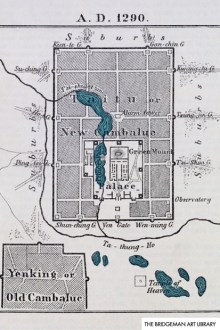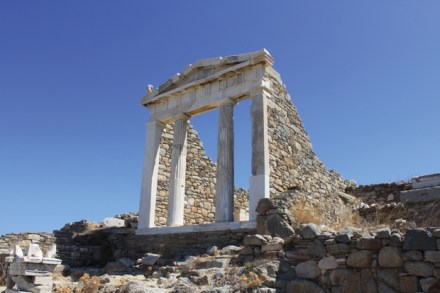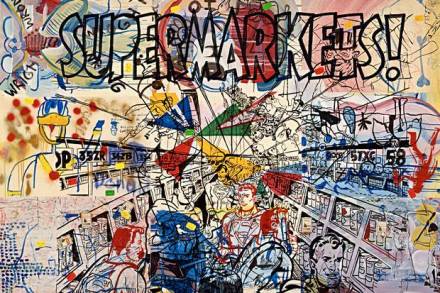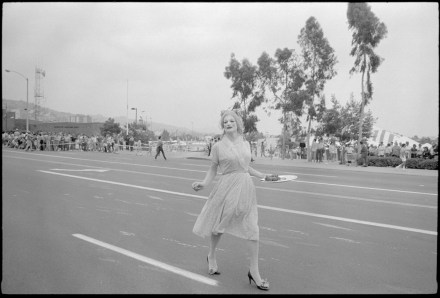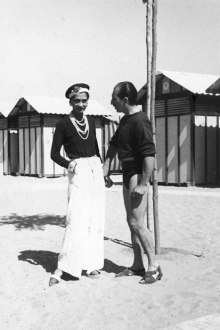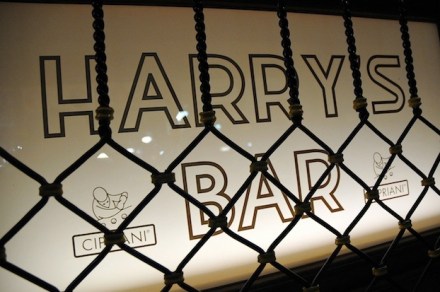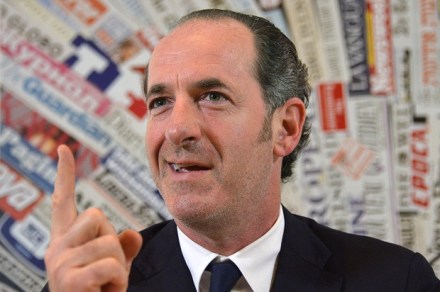What really happened on the Spectator cruise
Ok, so first things first. Jeremy Clarke didn’t fall overboard after all. He did, though, dance all night every night (almost), have everyone in stitches and host a rip-roaring High Life vs Low Life pub quiz. He even wore a fez with unexpected aplomb. Taki forwent the delights of his own High Life to join ours. He was exceedingly generous to his dining companions with his wine choices, and had us enthralled with his insider tales of Spectator days gone by and libel actions lost (mainly) and won (occasionally). And as for Martin Vander Weyer, well, he simply charmed the pants off everyone, not only with his self-deprecating wit and
